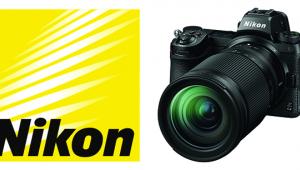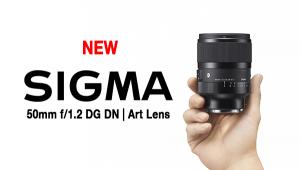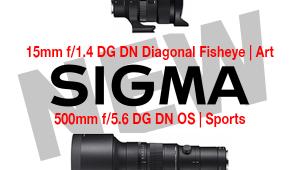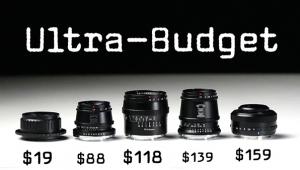Bargain or Bagel? 10 Things to Check When Buying Used Lenses Online
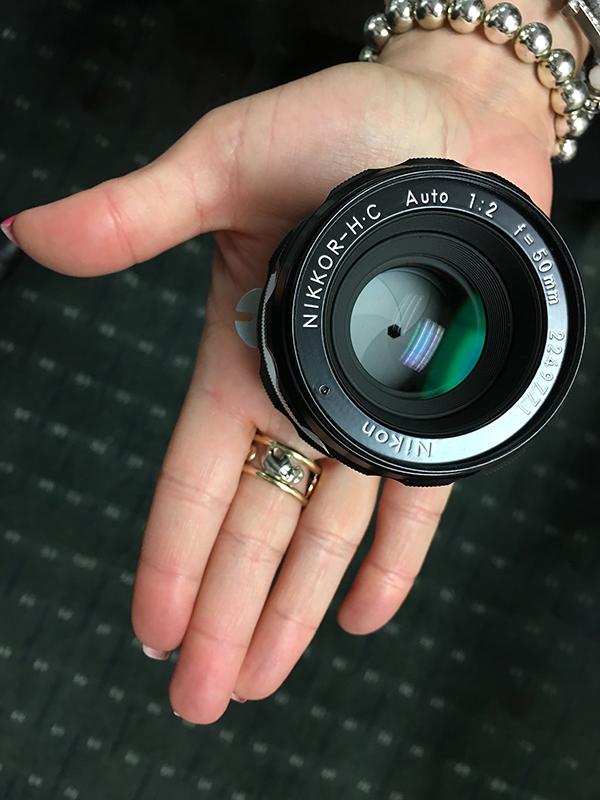
If the used camera lens you see online is packaged with a leash and a bone, odds are very good that it’s a dog. But in the absence of obvious evidence, how can you tell a bargain from a bagel? It’s impossible to physically examine the merchandise before purchase. And you can’t always trust what you see in the listing photos. However, you can conduct a thorough inspection upon receipt. Here are 10 things to check the minute the used lens is delivered.
It’s always safer to buy used equipment from an established camera shop. All of the big guys, including Adorama, B&H, KEH, UsedPhotoPro, Bergen County Camera and others, offer warranties of some sort or another, and all have Rating Systems that accurately indicate the condition of the product. If you want to take the secure and protected route, the one that’s backed by a clearly articulated Return Policy, buy from a store you know. It’s still important to inspect the product when it arrives, but these five dealers—and many, many others—are truly on the level.
That said, if you are more of a risk/reward kind of shopper, and you want to try to save a few bucks or possibly even score a super cheap deal, online auctions (like eBay) are for you.
In any case, here’s what to check to confirm that the lens you just bought is good for more than a paperweight.
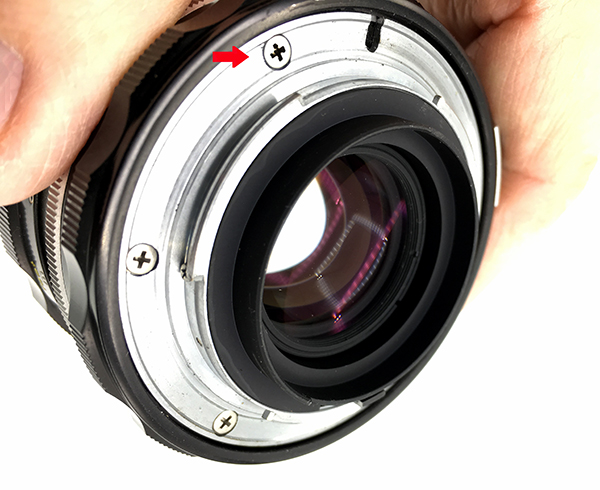
1. Front Element
If the lens has been protected during most of its life by a 1A or UV filter, so much the better. Sadly, some unscrupulous sellers slap a cheap skylight filter onto a scratched lens to hide the blemishes. So first thing—always—remove the filter. In a perfect world, the front element should be clean and scratch-free. Through subjective empirical testing documented here I’ve convinced myself that a small scratch has very little impact on image quality. Can you live with less-than-perfect cosmetic appearance? That’s up to you.
2. Rear Element
Examine the back glass from all angles and straight on. Look for scratches and separations in the lens coating. I usually overlook small imperfections on the front element, but not on the rear.
3. Diaphragm Blades
Blades must be free of oil and all debris, otherwise they will eventually bind, and may intermittently fail to fully open or fully close. In some cases it’s hard to tell the difference between a small amount of oil and the shininess caused by heavy wear. It’s oil—trust me. Return the lens now while you still have a chance.
4. Focusing Helicoid
Rotate the focusing ring fully in both directions. It should operate smoothly and quietly, and freely turn without binding or skipping. This defect is a real stinker because I’ve seen some beautiful lenses that were perfect in every way except that it took two hands and a monkey wrench to move the focusing ring. If the focusing ring makes a clicking or knocking sound at either end it could be in the early stages of failure.

5. Internal Debris
Dust, in small quantities, is normal, and although it’s unsightly, it won’t diminish image quality unless there is an extreme amount. Mold, which sometimes goes by the name of “haze,” “fungus” or “stuff” is another matter. In my book, even the smallest amount of mold renders a lens useless. I cannot prove that mold can spread from one lens to another, but I do know from firsthand experience that a moldy patch can increase in size. Think about it—that fungus wasn’t visible when the lens left the factory. Don’t take any chances.
6. Lens Mount
Look for scrapes and discoloration that are signs of excessive wear or mishandling. If the lens has electronic contacts, make sure they are clean and still appear to be gold plated and not polished down to the base metal. In most cases, if the lens can be mounted and securely locked onto a camera body, the mount is fine.
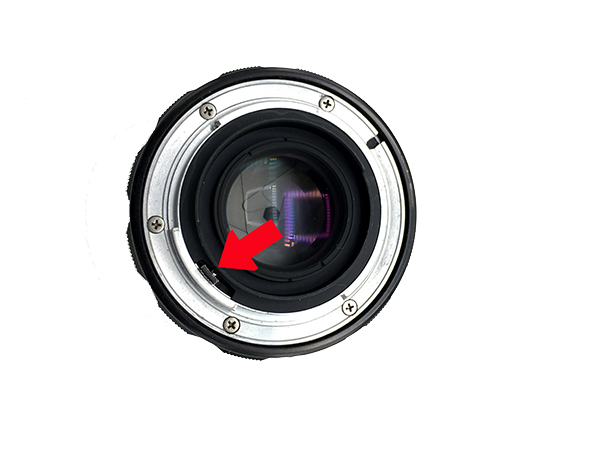
7. Diaphragm Actuator
Got stung on this one recently. Depending on the brand, most manual focus lenses have a small lever extending from the rear that opens and closes the aperture diaphragm blades during exposure. Close the lens down to the smallest f/stop and jiggle the Actuator. The diaphragm should wink open and closed with ease.

8. Filter Thread
A bashed filter ring is not necessarily a deal killer in my book, but it’s certainly a danger signal. Forget about the fact that you can’t screw in a filter or lens hood. Ask yourself forensically how the dent got there. Impact that’s severe enough to dent a filter ring can easily knock glass lens elements out of alignment. This is a value judgment you have to make for yourself, but I generally take a pass on a lens with a bum ring. Unless the price is really, really good.
9. Aperture Ring
The Aperture Ring should rotate smoothly and produce a click that can be both felt and heard at each f/stop. You should not need the touch of a safecracker to feel each detent.

10. Exterior Finish
Check for excess grime or discoloration. It makes me crazy to see lenses that are so dirty that the white lettering is grungy brown. A well worn lens can perform as well as a brand new lens. But if a lens is dirty there’s a very good chance that it hasn’t been properly cared for.
If the lens you’re eyeing is relatively new it could have some features that are not covered here. Something basic, like a zoom ring, can be tested in the same manner as the focusing helicoid. To test Image Stabilization or Autofocus you must do some shooting, and that procedure should be quite intuitive for a DSLR user. Be sure to check the IS and AF switches, too—they can harbor an incredible amount of crud if the lens isn’t kept clean.
The last thing may seem on the trivial side, but hear me out. If the lens you’re planning to purchase does not come with a front cap and/or rear cap you may be tempted to just blow it off as a minor inconvenience. In my cynical mind I wonder if the lens has been stored—maybe for years—without a front or rear cap. And what’s going to happen when the lens is packed for shipping? Without caps, will the glass be adequately protected?
The vast majority of online sellers are honest folks like you and me. Most of us will never encounter an out-and-out crook, and if we do we may not even realize it. But even honest people make mistakes—that goes for buyers as well as sellers. Read the description carefully. Ask the seller questions. Check the individual’s Return Policy. And whatever you do, examine the lens very carefully the day it arrives.
(If you want to learn more about shooting with used lenses, check my column last week on how to put classic Nikon lenses back to work.)
—Jon Sienkiewicz
- Log in or register to post comments



